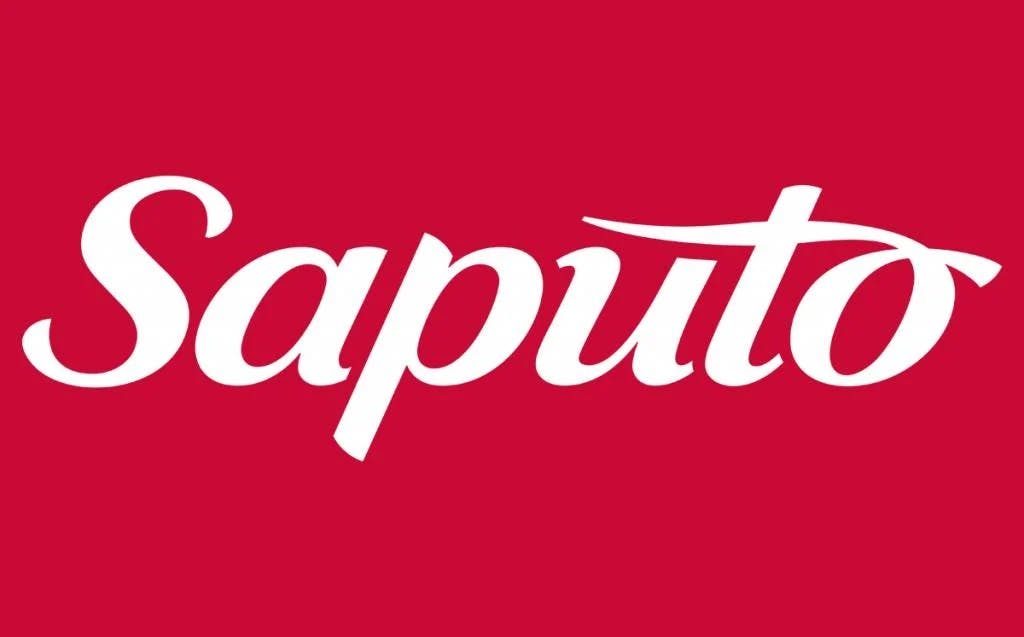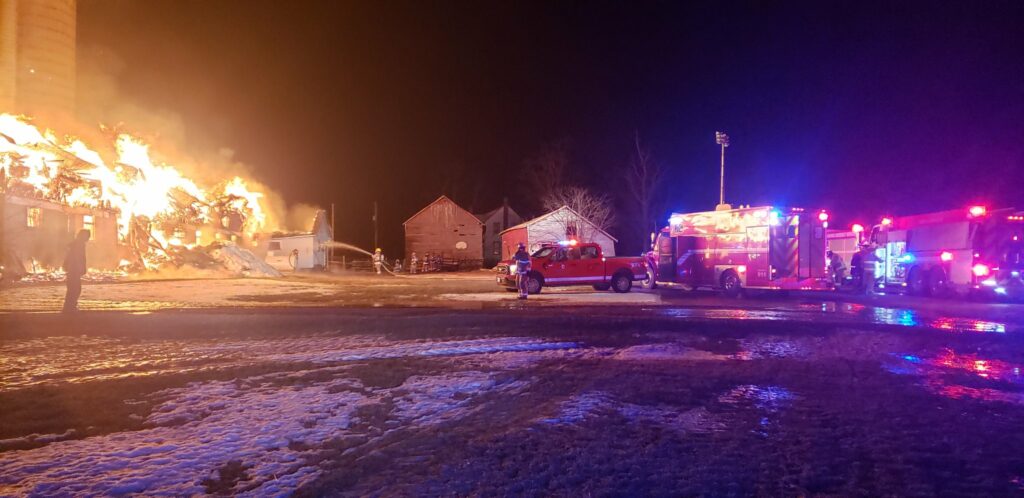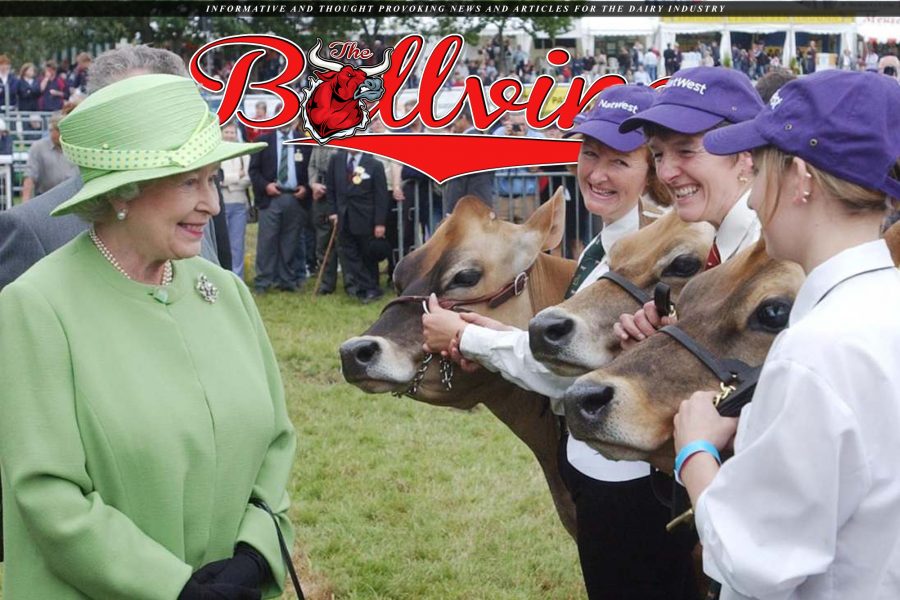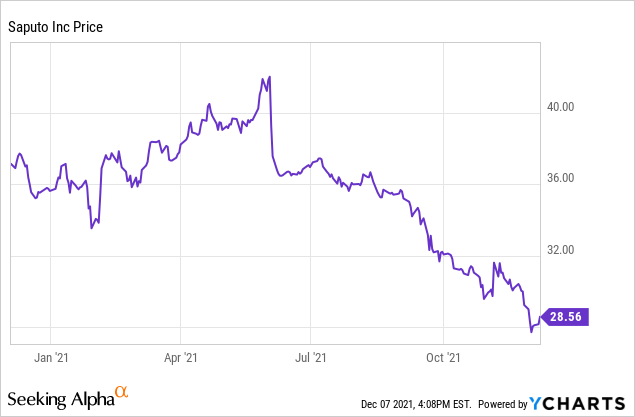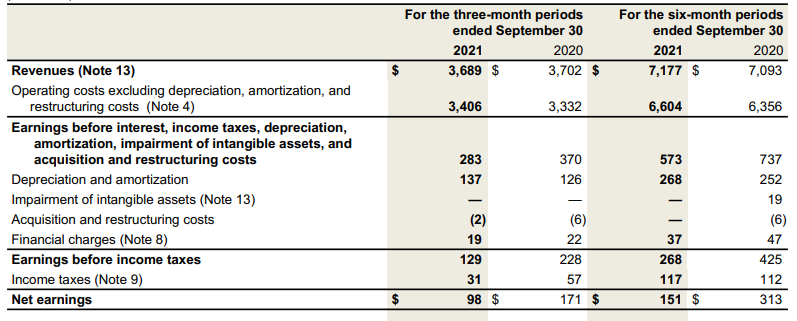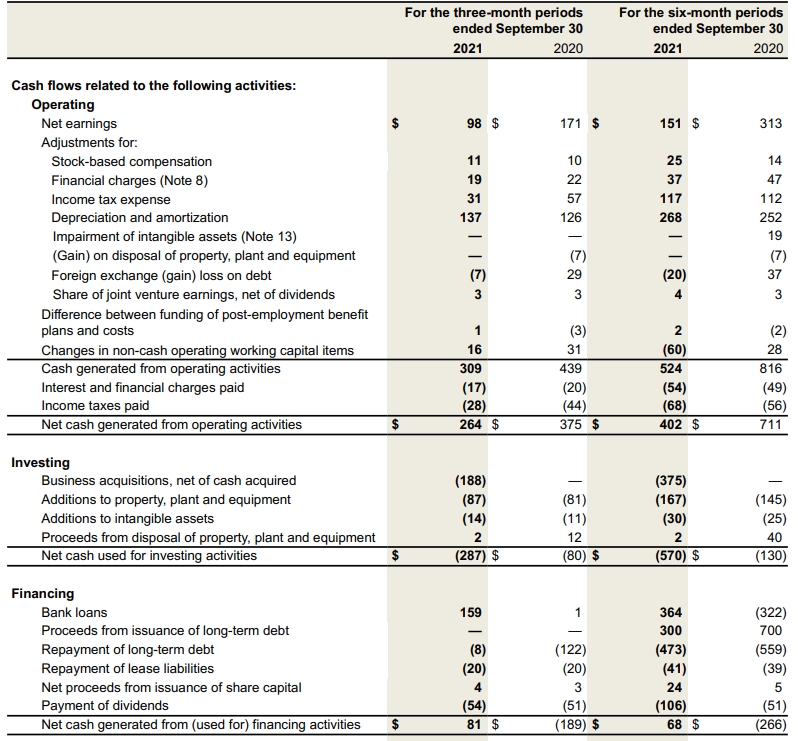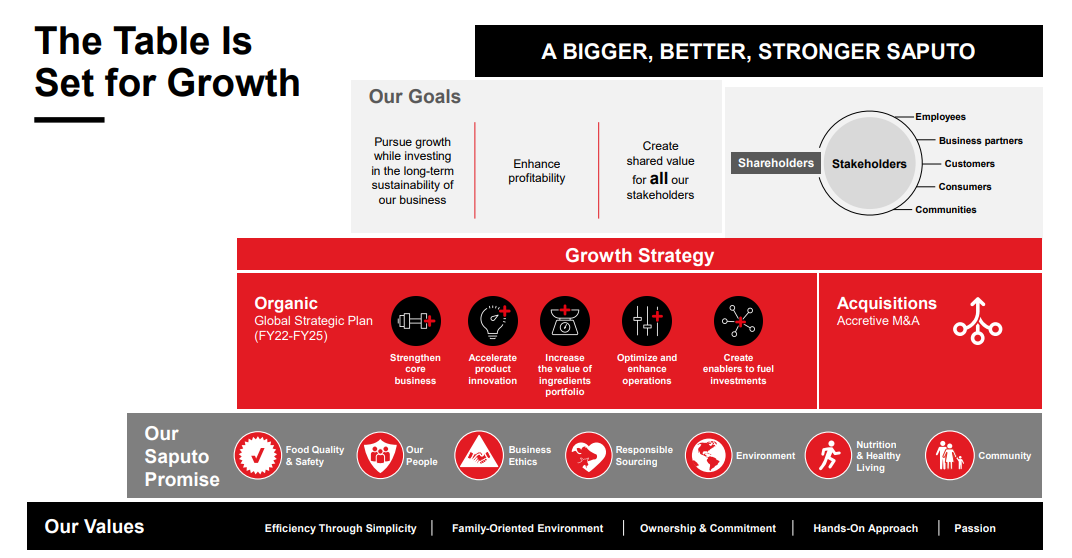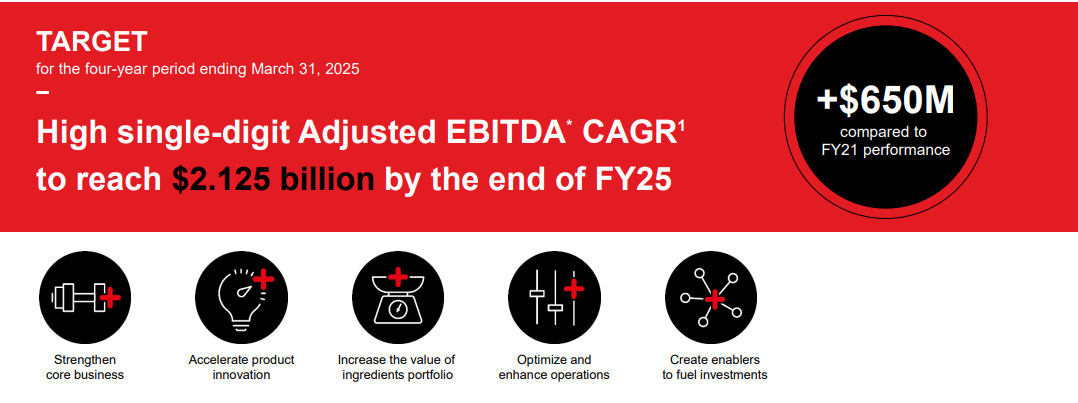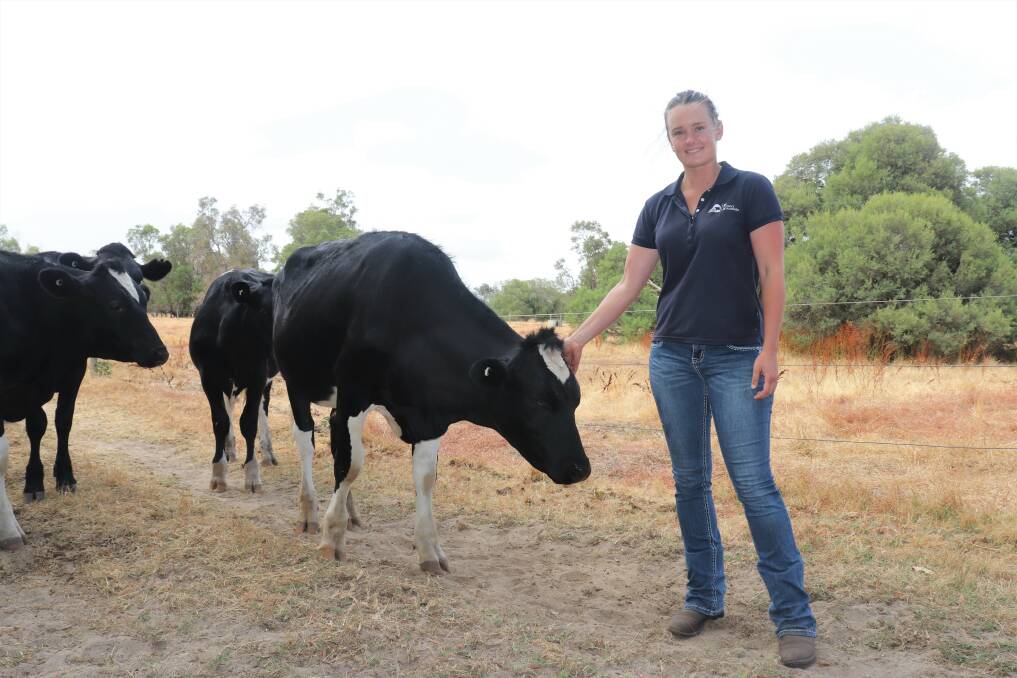 A LOSS to the medical profession has been the local dairy industry’s gain in Western Dairy regional extension officer India Brockman.
A LOSS to the medical profession has been the local dairy industry’s gain in Western Dairy regional extension officer India Brockman.
Ms Brockman, 27, joined Western Dairy last year, initially as Young Dairy co-ordinator, but quickly stepped up to the extension officer role, taking on organising Western Dairy’s annual portfolio of events, while retaining her Young Dairy responsibilities.
She joined at a time when Western Dairy was undergoing fundamental change.
The old guard in Western Dairy executive officer of more than 20 years, Esther Jones and Ms Brockman’s predecessor as extension officer for seven years, Jess Andony – who both served the dairy industry extremely well – were moving on, leaving a huge vacuum in operational knowledge and experience.
Ms Brockman only had four years of hands-on dairy farm experience and new regional manager Julianne Hill, while widely experienced in grains and cattle, was new to both dairying and Western Dairy.
But they had people such as Western Dairy immediate past chairman Peter Evans, vastly experienced in dairy farming, dairy business and agripolitics, to guide them.
At the same time, the philosophy of the organisation also appeared to be subtly changing.
Possibly due to the strength of character of the people involved, Western Dairy had always run its own agenda and operated as an adjunct to national organisation Dairy Australia.
Since 2015 it had been responsible for the local industry and had taken over pasture trials and other scientific research from the Department of Primary Industries and Regional Development (DPIRD), after a previous State government decided to downsize DPIRD and outsource administration of the dairy industry.
As of last year, Western Dairy appeared to be moving under the Dairy Australia umbrella, as its local arm in WA.
Industry changes were happening around Australia – a code of conduct for supply contracts and plans being drawn up for a better future for the industry and for farmers – so Western Dairy shrewdly recognised there was strength in numbers and moved to get with the strength.
It was into this relative state of flux Ms Brockman plunged last year when she joined Western Dairy, but she has thrived.
“I’ve been in the job five months and I’m enjoying it,” Ms Brockman said.
“Some of it is a challenge – I’m organising Innovation Day and it’s not small.”
Dairy Innovation Day on Thursday, May 12, will take up much of her time before then because the very popular annual day showcasing the industry will feature a new format this year.
Traditionally held on one or sometimes two nearby dairy farms, the event has become so big it is unrealistic to expect farmers to volunteer their properties and open up to almost 400 people.
So this year’s event will be held in the Dardanup Hall, with afternoon visits by bus to the Depiazzi and Twomey dairies to inspect onfarm innovations and improvements, for those who are interested.
“It’s my baby at the moment,” Ms Brockman said of Innovation Day.
“Last year’s Innovation Day at the Haddons’ (Neville and Elaine Haddon, their son Garry and his wife Tiffany, who operate the largest dairy farm in the Busselton region), was so big and such a success that I have big shoes to fill.
“We’ve taken a different approach this year because last year’s was so big there is no point trying to beat it – that shed (the Haddons’ new machinery shed completed a week before Dairy Innovation Day was held in it) was huge.
“It’s more about putting on a topical, interesting program than beating last year’s numbers.”
Ms Brockman describes herself as “well and truly bred for the country, not born to it”.
She grew up in Fremantle, but her paternal grandparents, John and Margaret, have a farm at Ruabon just out of Busselton and she has lived there while working as a milker and calf rearer on local farms and now with her Bunbury-based role with Western Dairy.
“Every school holidays we (Ms Brockman is the middle one of three children) came down here), I’ve always been down here getting thrown on the racehorses for a ride around until they tossed me off,” she said.
Her grandfather, who turns 84 next month, trained racehorses – he only stopped riding 15 years ago – and her aunt Tonia was a successful trainer.
“We’d come down, I’d want a pony ride but the pony in the stables is a little satan (pony Buzz is the same age as Ms Brockman and used to keep racehorses company in the float on the way to race meetings) so dad would pick the nicest in work racehorse for me to ride and usually I came off it 10 minutes later,” she recalled.
The Brockman family was among the first settlers in the South West and her forebears include explorers and politicians.
Brockman Highway is named after early family members.
“We (Brockmans) came here (Busselton) with the Bussells and the Malloys back in 1834,” Ms Brockman said.
“There are lots and lots and lots of Brockmans.
“What is now Provence (housing estate, East Busselton) used to be the old Busselton Brockman property – I’ve got not so fond memories of being thrown off a pony out there before the development started.”
Her maternal grandparents, the Simpsons, have a 1214 hectare wheat and sheep property at Three Springs.
But it was medicine, not farming, that initially attracted Ms Brockman, who graduated from The University of Western Australia in 2014 with a bachelor of science, majoring in anatomy and human biology.
“I was going to be a doctor, I thought,” she said.
But a gap year accident in Queensland resulting in a knee reconstruction changed the course of her life.
“I came back home and got stuck in an office job for a bit, until I couldn’t stand it anymore,” she explained.
“Then I had a friend come down who had wanted to go north (jillarooing) but was told to get some experience with cattle first, so she was working on a dairy farm and loving it.
“I thought ‘I can do that’.
“So I applied for a job at 6.30 in the morning and the farmer rang back about 20 past 10 and at the weekend I was down onfarm for a trial and two weeks later I’d moved in with gran and granddad at Busselton and was milking.
“I stayed there two years.”
That farmer was current Western dairy vice chairman Andrew Jenkins on a lease property at Yelverton.
“I moved into the calf rearing area pretty quickly and did some tractor work when needed, around sillage time,” she said.
“For the last six months I was there, Andrew had moved back to his Denmark farm, so the team ran the (Yelverton) farm, which was brilliant.
“But when Andrew and (wife) Clare moved back to their farm at Denmark, I had to move on because I wasn’t going to the cold down there – it’s a beautiful part of the world, but too cold.
“I had an offer of a job in the Health Department at that time, but when COVID came through it didn’t eventuate, so I took a job milking with Pete Duggan on the dairy farm at Cowaramup.
“The good thing about working at the Duggans was Andrew had sold a lot of his cows there, so the first calf that I raised I got to follow to Duggans and watch her calve down with a heifer calf – that was beautiful, really satisfying to be able to do that.”
Ms Brockman also worked for the Haddons and the Merritt family at Elgin Dairies, before it was suggested she should apply for the Young Dairy co-ordinator job.
Her story of starting out with no agricultural experience and finding a niche in dairy is not unusual.
“It’s more and more common for those who don’t come from an ag background to discover there are many opportunities in ag, particularly for women,” she said.
“It turns their life around like it did mine and they love it like I do.
“Dairy, in particular, is really good for getting a start.
“One thing that dairy farmers like doing, I’ve found, is they like teaching.
“They are so generous with their time.
“If you want to learn, they are more than happy to take you through how they do things.”
Source: farmweekly.com.au








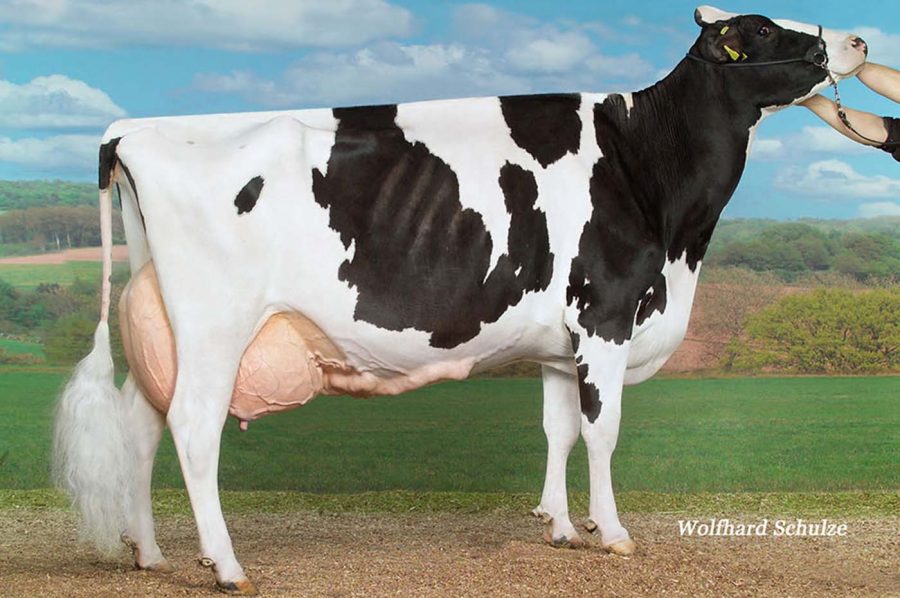
 A farm in Albion has discovered harmful forever chemicals in some of their products.
A farm in Albion has discovered harmful forever chemicals in some of their products.

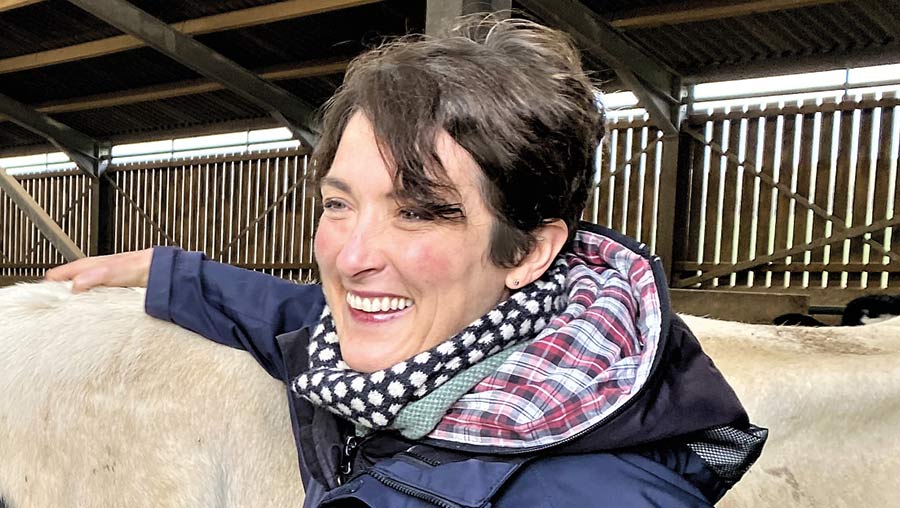
 The 17-year-old cow Deri from Grünefeld Holsteins from Backemoor (Eastern Friesland) has achieved a lifetime production of 200,000 kg of milk. She is the third cow in Germany to pass this special milestone. With that, Deri is the only active German cow with such a high lifetime production.
The 17-year-old cow Deri from Grünefeld Holsteins from Backemoor (Eastern Friesland) has achieved a lifetime production of 200,000 kg of milk. She is the third cow in Germany to pass this special milestone. With that, Deri is the only active German cow with such a high lifetime production. A Carmarthenshire farm is facing investigation after its cows were filmed being punched, kicked and hit with metal shovels.
A Carmarthenshire farm is facing investigation after its cows were filmed being punched, kicked and hit with metal shovels.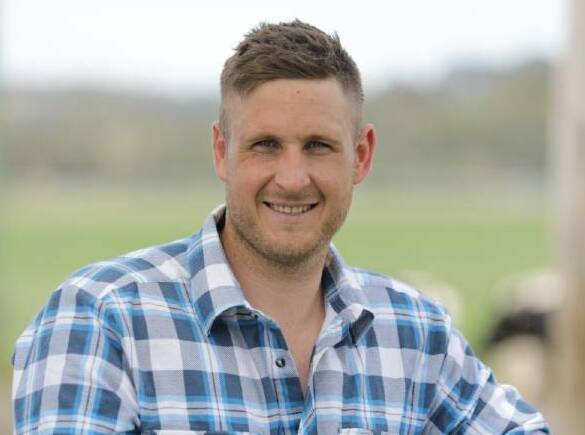 Reality drama Farmer Wants a Wife has taken a multimedia approach to finding love this season.
Reality drama Farmer Wants a Wife has taken a multimedia approach to finding love this season.

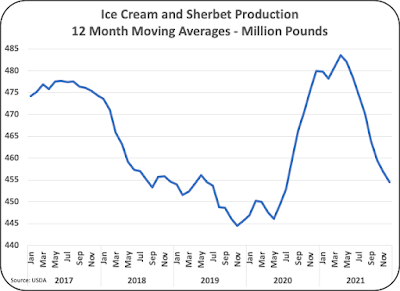






 A LOSS to the medical profession has been the local dairy industry’s gain in Western Dairy regional extension officer India Brockman.
A LOSS to the medical profession has been the local dairy industry’s gain in Western Dairy regional extension officer India Brockman.
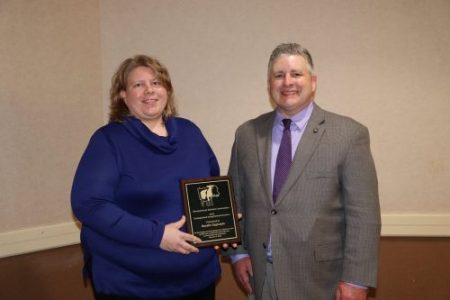 This year’s Distinguished Young Breeder winner is one of the brightest financial minds in our Association and is one who is very humble and hard-working. The winner has served the Association in numerous leadership roles over the past seven years including on the Executive Committee, finance committee, National Convention planning committee, state convention planning committee, and the transition team that helped this Association plan for life after Ken Raney’s retirement. This winner can be described as determined, meticulous, and straightforward.
This year’s Distinguished Young Breeder winner is one of the brightest financial minds in our Association and is one who is very humble and hard-working. The winner has served the Association in numerous leadership roles over the past seven years including on the Executive Committee, finance committee, National Convention planning committee, state convention planning committee, and the transition team that helped this Association plan for life after Ken Raney’s retirement. This winner can be described as determined, meticulous, and straightforward.